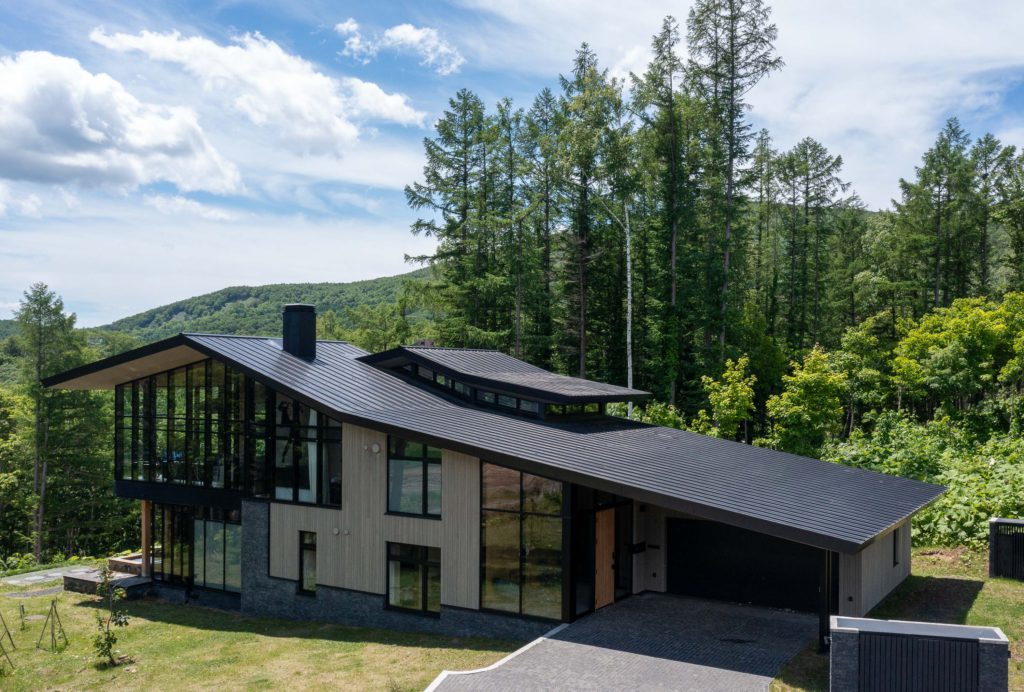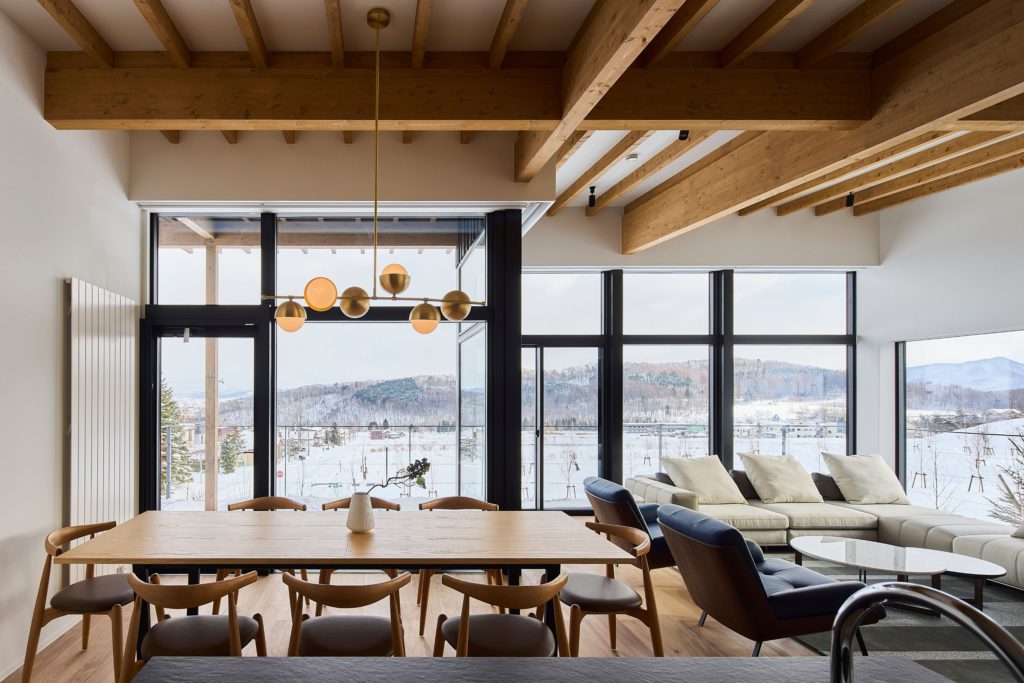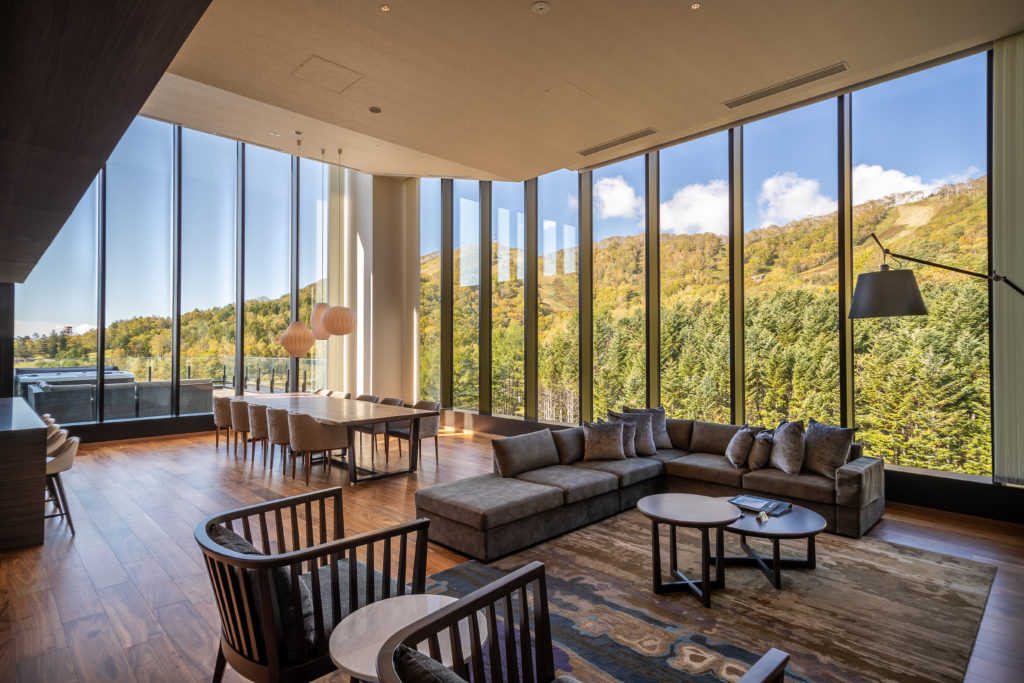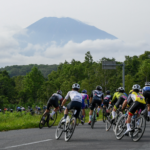Everything you need to know about koyo and where to enjoy it this autumn.
Sakura season gets all the love but autumn is also a wonderful time to visit Japan, especially the northernmost island of Hokkaido. The air is cool and crisp and you can witness koyo — the Japanese word for the experience surrounding the changing colours of leaves during autumn.
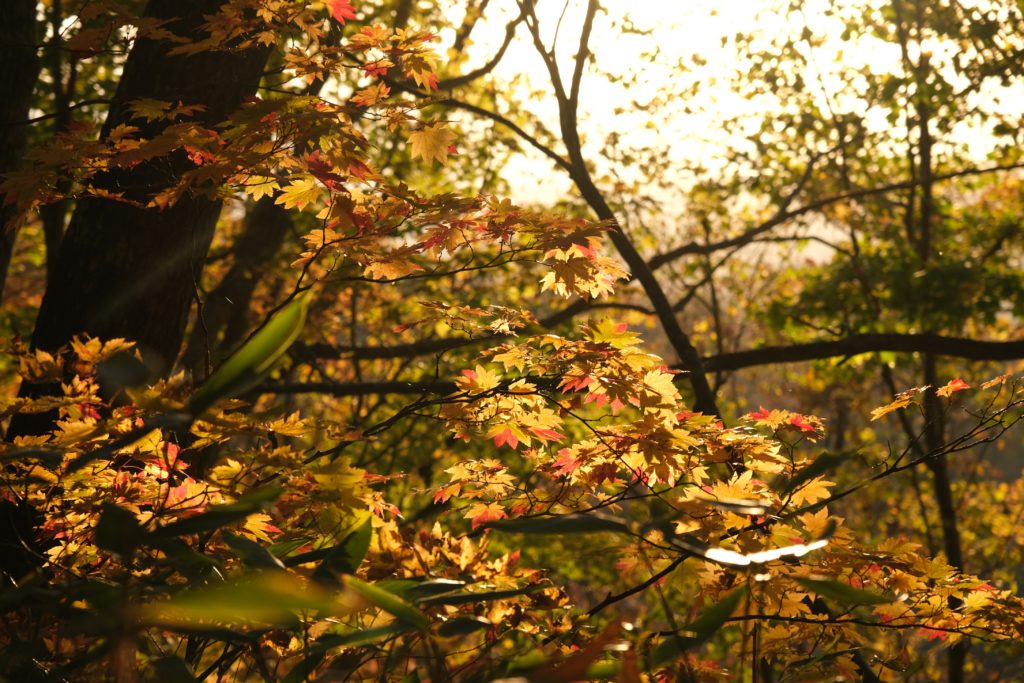
As the temperatures drop, the leaves transform into brilliant shades of red, orange, and yellow. Picture this: As you ride the train, you see mountains blanketed by trees in a kaleidoscope of earthy colours. When you head to a local park, you feel the crunch of the fallen leaves underfoot. Best yet, when you visit iconic spots like Kiyomizu-dera in Kyoto or Sensoji Temple in Tokyo, you see it framed by the gorgeous maple leaves in blazing hues.
Ready to know more about koyo and autumn in Japan? Ikimashou!
Tell us, what exactly is koyo?
Technically, the word koyo literally means “red leaves” but it’s a term used to encompass the entire experience surrounding the changing colours of the leaves during autumn. The seasonal change usually starts at the end of September to early December, with peak colours varying by region.
There are two specific trees that people pay close attention to: Ginkgo trees, which usually shift from lush green to vibrant yellow, as well as Maple trees, which transform into fiery red and orange autumn leaves. Like cherry blossoms, there is a forecast released by the Japan Meteorological Corporation (JMC) tracking precisely when the leaves change colours.
Koyo, however, is more than just a visual treat. For the Japanese, it also symbolises the beauty and transience of nature, prompting reflection on the passage of time.
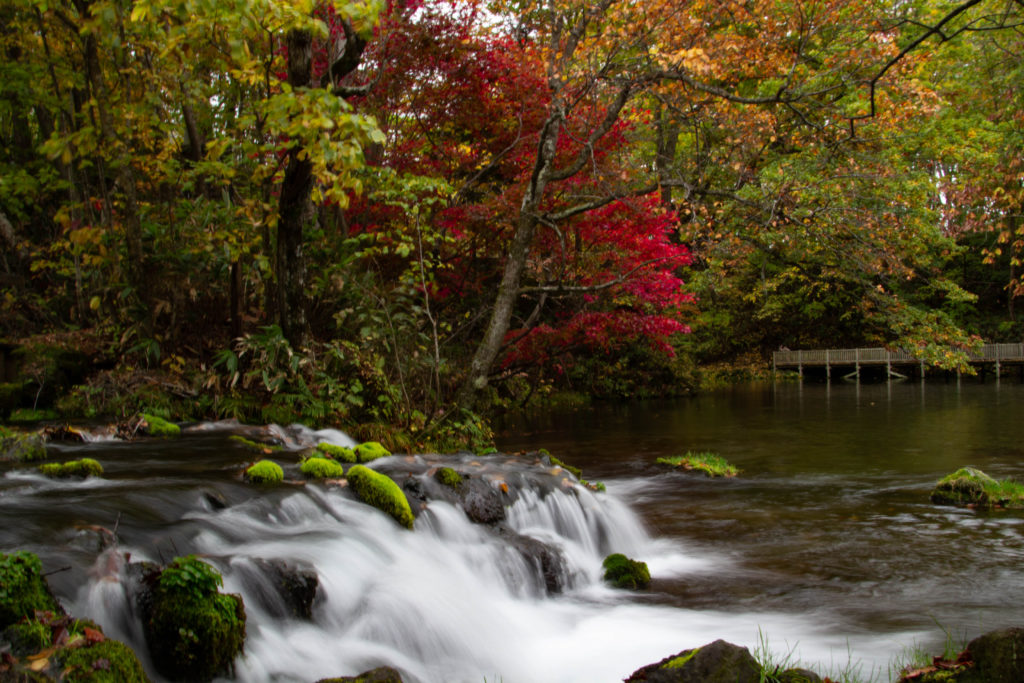
What is the difference between koyo and momijigari?
Koyo and momijigari are related concepts that refer to autumn foliage in Japan but they have distinct differences.
Koyo refers to a more general phenomenon of autumn leaves changing colour, and speaks about the entire season. Momijigari, on the other hand, specifically means “maple leaf hunting” (momiji is the Japanese word for maple leaves). This pertains to travelling to admire the autumn foliage, and seeking out popular viewing spots, which draws similarities to the practice of “hanami” in spring, when people view cherry blossom trees by strolling through parks or enjoying a picnic.
What is there to do during autumn in Japan?
With cooler but not freezing temperatures, autumn is probably the best season to take in the great outdoors.
First off, leaf viewing is a must — whether you just go to a local part or hit popular spots like Daisetsuzan National Park and Shiretoko in Hokkaido. The Japan Meteorological Corporation (JMC) has a navigator that estimates the best viewing dates of red leaves (maple trees) and yellow leaves (ginkgo trees) for around 700 viewing locations across Japan.
Naturally, hiking through mountains blanketed in fall foliage is another wonderful activity to do during autumn. Not only will you be in for a visual treat but also plenty of fresh air.
And what’s the best thing to do after a physical activity? Well, a soak in an onsen of course. During autumn, there are natural hot springs surrounded by colourful foliage, particularly in Noboribetsu and Jozankei.
Where to stay in Hokkaido to experience the best of koyo?
All of our properties in Niseko, Furano and Rusutsu are great home bases for your autumn adventure. But we’ve handpicked three for an indulgent escape.
Niseko: Kazahana
Take in the beautiful view of Mount Yotei at Kazahana—a contemporary chalet designed by acclaimed architect Riccardo Tossani. This 5-bedroom chalet in Hanazono features two master bedrooms with ensuite bathrooms fitted with sculptural Hinoki bathtubs. What’s more? The chalet also has a wine cellar under the spiral staircase and a dedicated media room for relaxing movie nights.
Furano: Shiyuki
If you’re looking for easy access to gorgeous hiking trails in Furano, place your bet on Shiyuki. This stylish chalet is designed for large groups and has impressive facilities including a garden, heated driveway with garage. Our favourite? The Hiba wooden bathtub in the master bedroom.
Rusutsu: The Vale Rusutsu
Awarded the World’s Best New Ski Hotel in 2021, The Vale Rusutsu is a five-star property that offers the comforts of home, with the service perks of a hotel. The availability of one-, two-, three-, or four-bedroom suites and residences positions it as a great option for families and friends on a summer, autumn or winter getaway. This property is conveniently located close to the town’s finest restaurants and bars, plus super close to Kotobuki Onsen too!

